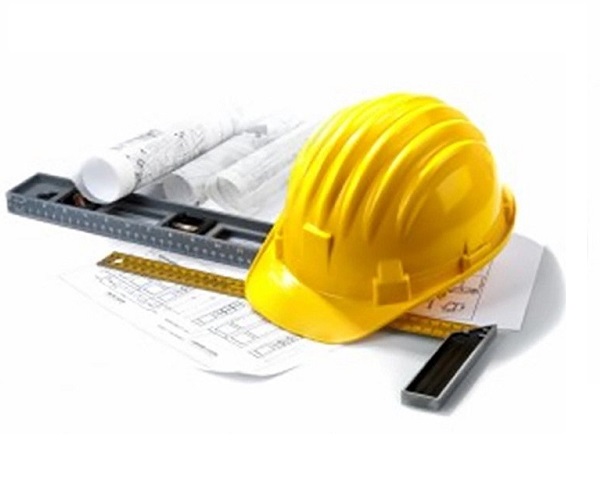Price: $90.00
USACE-NAVFAC-24-Hour-EM-385-1-1-Training
The USACE NAVFAC 24-Hour-EM-385-1-1 training course is a safety training program designed particularly for government contractors or employees involved in the construction operations and activities of the US Army Corps of Engineers (USACE) and Naval Facilities Engineering Command (NAVFAC). This training program equips the participant with all the necessary skills needed to promote safety on construction sites and ensure compliance.
Course Modules - (33)
Who Needs Our 24-Hour EM 385-1-1 Training?
Our course is best for employees who are required to complete EM 385-1-1 training of 24 hours, including:
● Contractors who work on USACE projects or military installations.
● Government or military employees who must comply with or enforce EM 385-1-1 standards
● Collateral Duty Safety Officers (CDSOs) who are required to undergo a 24-hour refresher training after every four years.
EM 385-1-1 training is of different types depending on the hours of training. We also offer the 40-Hour EM 385-1-1 and 16-Hour EM 385-1-1 training courses for employees who have to meet the EM 385-1-1 training standards.
Learning Outcomes:
The main objective of our 24-Hour EM 385-1-1 training course is to give employees the training they need to adhere to the health and safety standards set out by the USACE in the EM 385-1-1 document. The major topics covered in our course include:
● Identify which EM 385-1-1 rules contractors and CDSOs need to follow in order to inspect a job site.
● Use EM 385-1-1 guidelines to stop common hazards and incidents at work.
● Select the proper safety monitoring systems, engineering controls, and PPE for the work that comes under the USACE contract.
● Describe the best practices for using safe equipment for a variety of jobs in the workplace.
Completion Requirements:
- 100% appearance for the course
- Fully involvement in all class trainings (determined by instructor)
- Completion of Continuing Education and Training Registration Form
- Completion of mandatory quiz assessments
- As applicable, attainment of least passing score on required end-of-course examination
- Participation and submittal of end-of-course assessment form (must provide name on form to obtain credit)
Who Should Enroll in the USACE NAVFAC 24-Hour-EM-385-1-1 Training?
EM-385-1-1 training is required for individuals who work on military-funded projects or contracts, such as contractors and government or military employees expected to adhere to or enforce EM 385-1-1. So, for instance, if you are a contractor who works on a military installation or if you are working on an Army Corps project, this training is definitely meant for you.
Students may request IACET CEU credit upon successful completion of the course, provided all required criteria are met. This option is available for those who wish to receive official recognition of their continuing education.
Online OSHA classes tend to be more cost-effective than in-person courses. You can save on travel expenses, lodging, and other associated costs, making online training a more budget-friendly option. Additionally, online courses can often be completed more quickly than their in-person counterparts, as you can work through the material at your own pace and without the constraints of a fixed class schedule.


